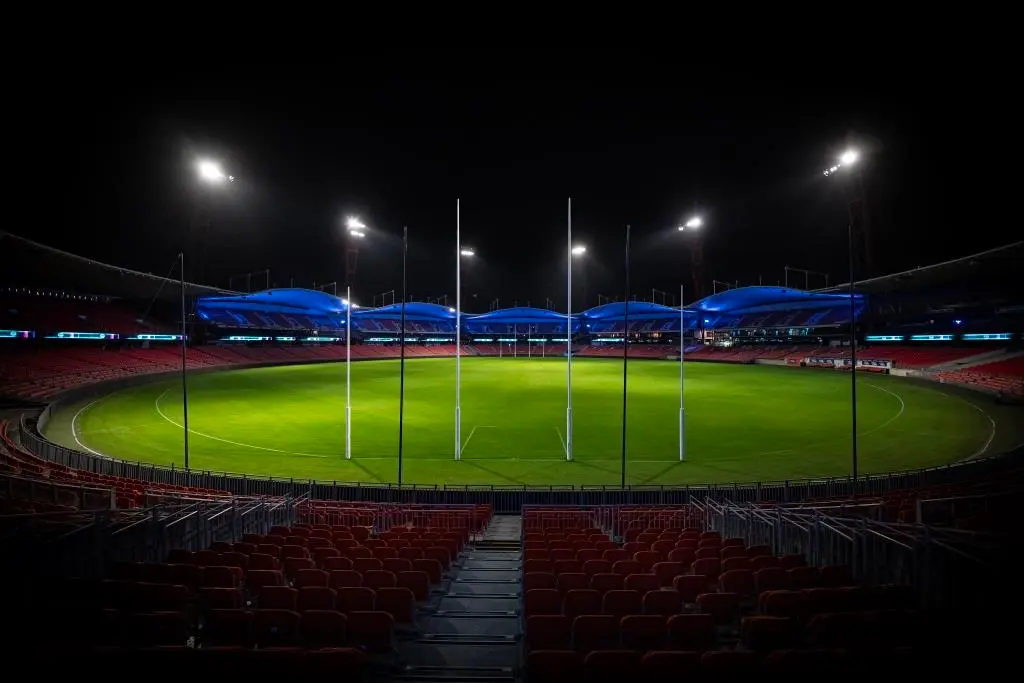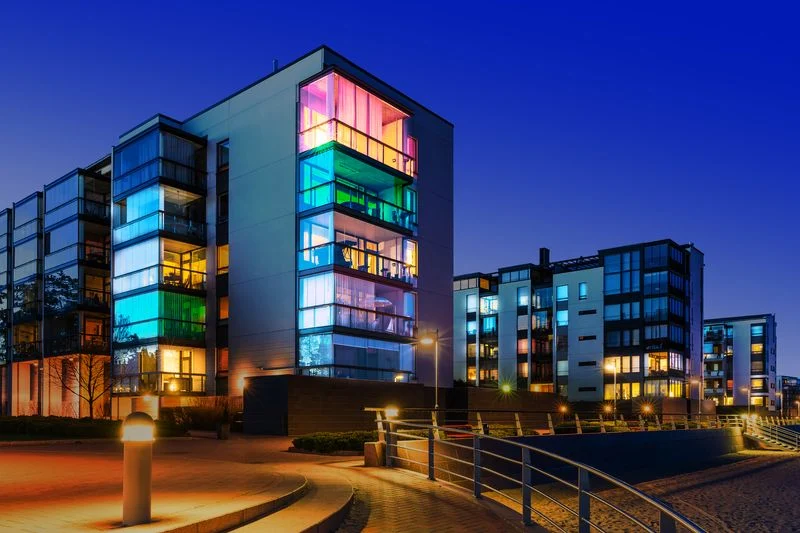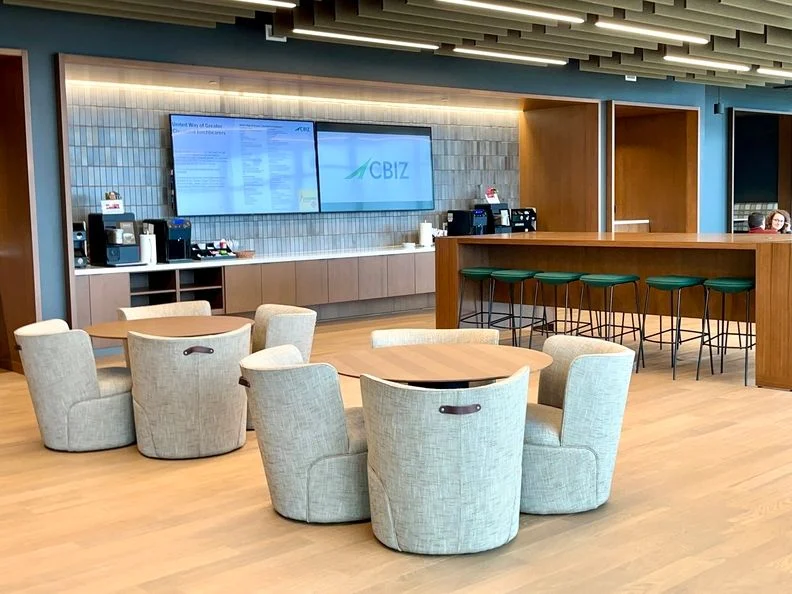Sustainable Lighting and Well-being: Illuminating Australia's Path to Green Building Development
- Pi Building
- Dec 25, 2024
- 3 min read
Updated: Dec 29, 2024
Lighting plays a pivotal role in building design, influencing energy efficiency, environmental sustainability, and occupant well-being. Sustainable lighting solutions, when integrated thoughtfully, can significantly enhance a building's green credentials while promoting the health and comfort of its users. Australia's green building movement has embraced these principles, driving innovative approaches to sustainable lighting design.

The Role of Sustainable Lighting in Green Building Design
Energy Efficiency and Environmental ImpactLighting accounts for a substantial proportion of a building's energy use. Sustainable solutions such as LED (Light Emitting Diode) technology, daylight harvesting systems, and advanced lighting controls minimize energy consumption. These technologies contribute to reduced greenhouse gas emissions and align with Australia's commitment to achieving net-zero carbon emissions by 2050.
Occupant Well-beingProperly designed lighting systems improve indoor environmental quality (IEQ), positively impacting occupants’ circadian rhythms, productivity, and mental health. Tunable white lighting, for instance, adjusts light intensity and color temperature to mimic natural light, enhancing mood and concentration. This is particularly important in workplaces, healthcare facilities, and educational institutions.
Cost EfficiencyThough initial investments in sustainable lighting solutions may be higher, they offer long-term savings through lower energy bills and reduced maintenance costs. Additionally, government incentives, such as the Australian Energy Efficiency Schemes, make these solutions more accessible.
LEDs, for example, use around 80% less electricity than halogen bulbs and have longer lifespans, resulting in lower replacement and maintenance costs.
Additionally, government initiatives and rebates further enhance the cost-effectiveness of adopting energy-efficient lighting solutions.
Australian Standards and Innovations
Australia’s commitment to sustainable building practices is reflected in its robust standards and innovative approaches to lighting design. By adhering to regulations like the Green Star Ratings and leveraging advanced technologies, Australian architects and engineers are creating spaces that balance functionality, aesthetics, and sustainability.
Australia has established comprehensive standards and embraced innovations to promote sustainable lighting in building design.
Standards and Certifications
Green Star Ratings: Administered by the Green Building Council of Australia, this system evaluates the sustainability of building projects, with energy-efficient lighting being a key component.
National Construction Code (NCC): The NCC sets mandatory requirements for energy efficiency in buildings, including lighting performance and control measures.
AS/NZS 1680 Series: This set of standards provides guidelines for interior lighting, focusing on visual comfort and performance to ensure safety and efficiency.
Standards and Certifications
Green Star Ratings: The Green Building Council of Australia (GBCA) evaluates sustainable building practices, with energy-efficient lighting being a critical criterion.
National Construction Code (NCC): The NCC sets stringent requirements for lighting efficiency and controls in both residential and commercial buildings.
AS/NZS 1680: This standard addresses interior lighting design for safety, comfort, and efficiency.
Innovative Approaches
Smart Lighting Systems: Integration of Internet of Things (IoT) technology allows for adaptive lighting that responds to occupancy and daylight levels in real-time.
Daylighting: Strategic placement of windows, light shelves, and skylights maximizes natural light penetration, reducing reliance on artificial lighting.
Biophilic Design: Incorporating natural lighting into green building designs fosters connections to nature, improving occupants' psychological well-being.
Case Studies in Australia
Barangaroo South, Sydney: A prime example of sustainable urban development featuring energy-efficient lighting and daylight harvesting technologies.
City of Sydney LED Replacement Project: The City of Sydney's initiative to replace traditional street lighting with LEDs resulted in energy savings of 2.8 million kilowatt-hours per year, exceeding targets and significantly reducing greenhouse gas emissions.
Melbourne Recital Centre: Known for its advanced lighting systems that balance aesthetics, functionality, and energy efficiency.
Future Directions and Opportunities
The future of sustainable lighting in Australia lies in continued innovation and strategic collaboration. As emerging technologies like OLED and dynamic glass gain traction, and as policies evolve to support greener practices, the opportunities to revolutionize lighting design and achieve widespread adoption of sustainable systems are immense. Together, these advancements promise a future of smarter, greener, and more human-centric buildings.
Policy Support and Industry Collaboration
Ongoing government initiatives aim to improve lighting energy efficiency across Australia.
For example, the Australian Government is considering the introduction of Minimum Energy Performance Standards (MEPS) for LEDs and broadening the scope for incandescent and halogen lamps to further reduce energy consumption and emissions.
Collaboration between policymakers, industry stakeholders, and the public is essential to drive the adoption of sustainable lighting solutions and achieve national energy efficiency goals.
As Australia advances in sustainable building practices, emerging technologies like OLED (Organic LED) and dynamic glass are set to revolutionize lighting design. Furthermore, policy support and industry collaboration will be key in scaling these innovations.
Encouraging collaboration between architects, lighting designers, and engineers ensures holistic solutions that balance sustainability and human-centric design. By integrating these principles, Australia can continue to lead in the green building movement, illuminating a path toward a brighter, more sustainable future.











Kommentare